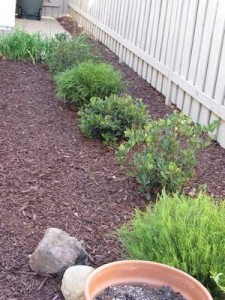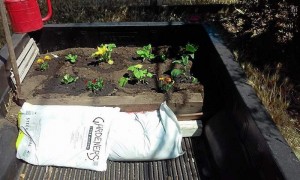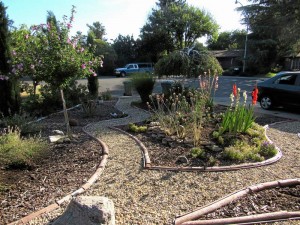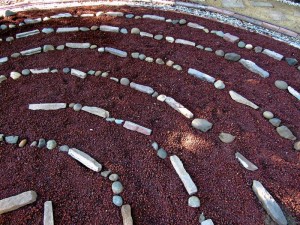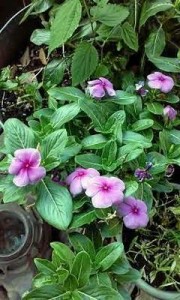Last week the latest El Niño story breezed across my news stream. The writer was Paul Rogers, who is way up there on my list of favorite water writers.
According to Paul’s sources, there is a fairly good chance that we’ll have great weather this winter. By great, I mean miserably wet.
I want to be hopeful. I want to take the five-gallon bucket out of my shower. I want to flush my toilet just for the fun of it.
The news story compared the possible 2015-2016 winter to the wet and worrisome 1997-1998. As I recall, 1997 was the year Highway 32 flooded and I stayed the night at the Amber Light Motel in Orland.
My 1984 Audi broke down during a rainstorm. We reached Chico only after catching a ride with a trucker, working our way up to Red Bluff and back down the valley. Highway 99 had opened after a work crew cleared debris from the swollen Sacramento River. We watched the news as Marysville and Yuba City flooded.
Will we have a 1997-1998-style El Niño this winter? Maybe.
However, last year there were news stories that the drought would soon be over. The rains never came but people stopped conserving water.
For right now, we have no rain and we have a long summer to endure.
Come drought or high water, my friend Jim Matthews is happy with his front yard makeover.
I’ve known Jim a long time and for those 20-plus years his front yard has looked basically the same. A normal-sized, rectangular patch of green is parked in front of his front window.
He has a tree.
Along the walkway he likes to plant seasonal flowers in pots, usually dianthus.
It’s a pleasant front yard. Children are not afraid to knock on the door at Halloween.
However, the lawn was tired. To keep it green, Jim said he needed to water it every day in the summer. For how lackluster it looked, the lawn was a lot of work.
When he looked at his water bill more closely, he was shocked. During the winter months he used 1 or 2 CCFs (hundred cubic-feet) of water a month. Last June, July and August he used 19, 29 and 18 CCFs, which meant all that extra water went to the boring, old lawn.
What a waste, Jim thought.
Why did he have a lawn all those years? The house had a lawn when he moved in, and lawns were in fashion at the time.
Jim signed up for California Water Service turf replacement rebate. The rebate pays for up to 1,000 square-feet, at a rate of $1 a square-foot.
He was happy with the estimate from Yard Smart Landscape and Design, with a cost of $1.33 a square-foot.
One of his extra expenses was the weed-guard, which was $300.
In the end, he had more square-footage than the CalWater program would pay and Jim considers the rebate similar to using a coupon.
Adam Wrangham is Yard Smart’s owner, and said he’s having fun creating landscape conversions.
Adam said there is so much work being done that nursery suppliers are running short on some plant supplies.
Popular plants, such as agapanthus and daylilies, are more difficult to find, he said.
However, Jim can always add more plants later.
The project included five yards of bark and 15 yards of rock.
It’s new so Jim checks out the front yard more often.
“It looks so clean now.”
He could have reseeded the old lawn and gone to a tremendous effort to fertilize and water like crazy, but why?
He’ll be able to watch his new, drought-tolerant plants grow over time.
If there had been drought-tolerant plants in the front yard when he moved in, Jim said, he probably would have mature drought-tolerant plants in the front yard right now.




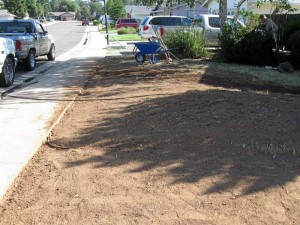

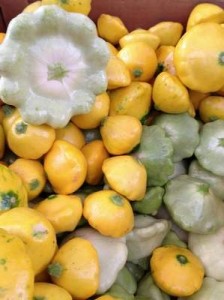

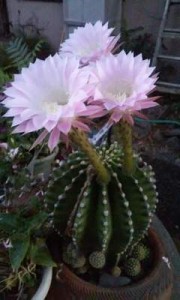

 Organic corn is also sold at the Saturday farmers market, while in season. People often tear through the husks to see how the corn looks. The task is not needed and will actually decrease the freshness. Chances are, if its organic, you will find a worm.
Organic corn is also sold at the Saturday farmers market, while in season. People often tear through the husks to see how the corn looks. The task is not needed and will actually decrease the freshness. Chances are, if its organic, you will find a worm.  The home of Bob and Connie Prevot is one of the stops on the Paradise Garden Club tour this weekend. Each of the homeowners on the list has taken steps to save water.
The home of Bob and Connie Prevot is one of the stops on the Paradise Garden Club tour this weekend. Each of the homeowners on the list has taken steps to save water.